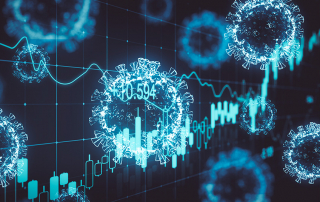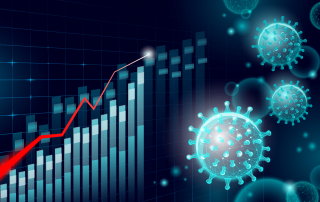Simply explained: Drug approval procedures in Europe and the example of COVID-19 vaccines
Summary: There are three different marketing authorisation procedures in Europe: the Centralised Procedure (CP), the Decentralised Procedure (DCP) and the Mutual Recognition Procedure (MRP).




